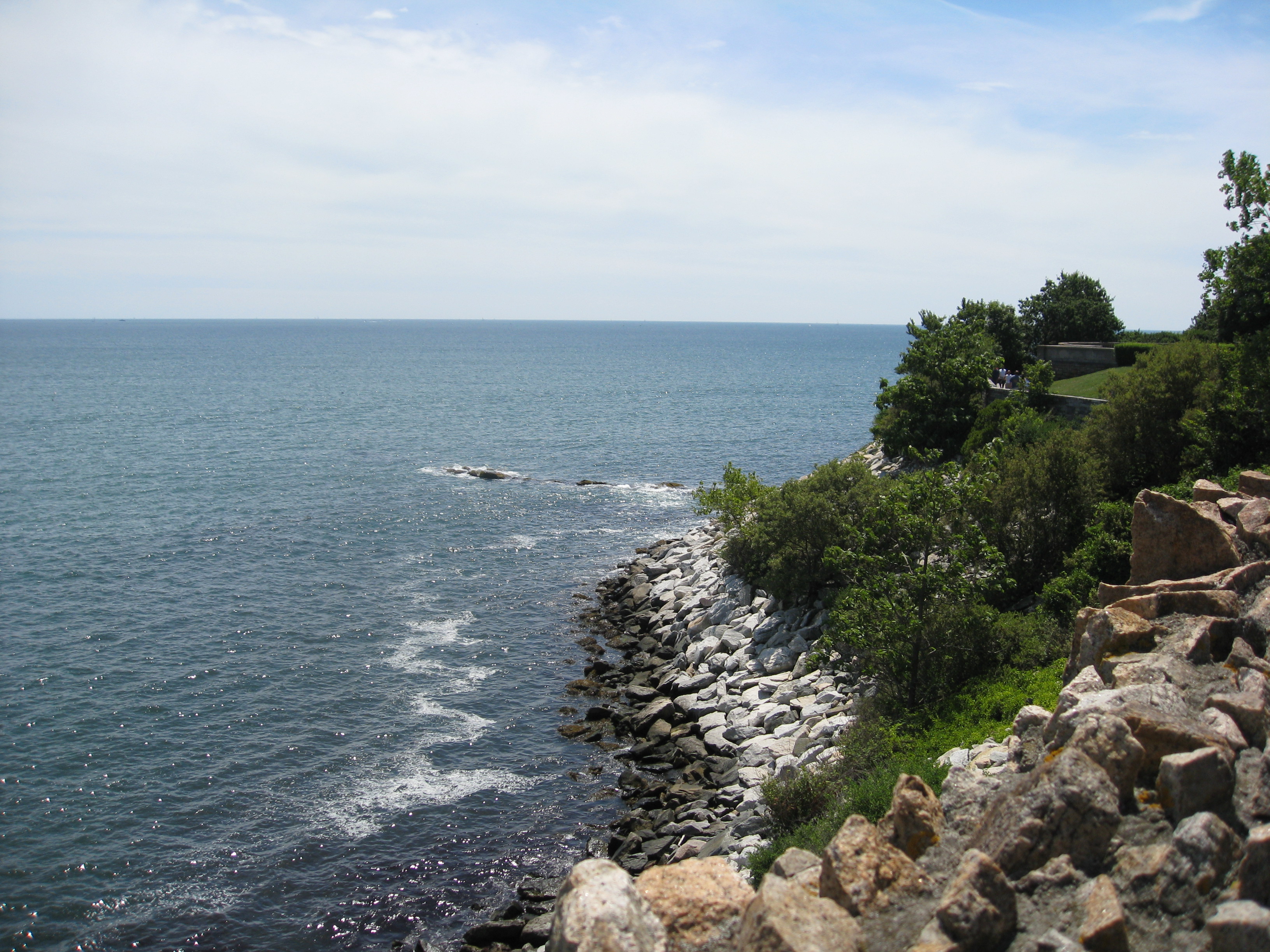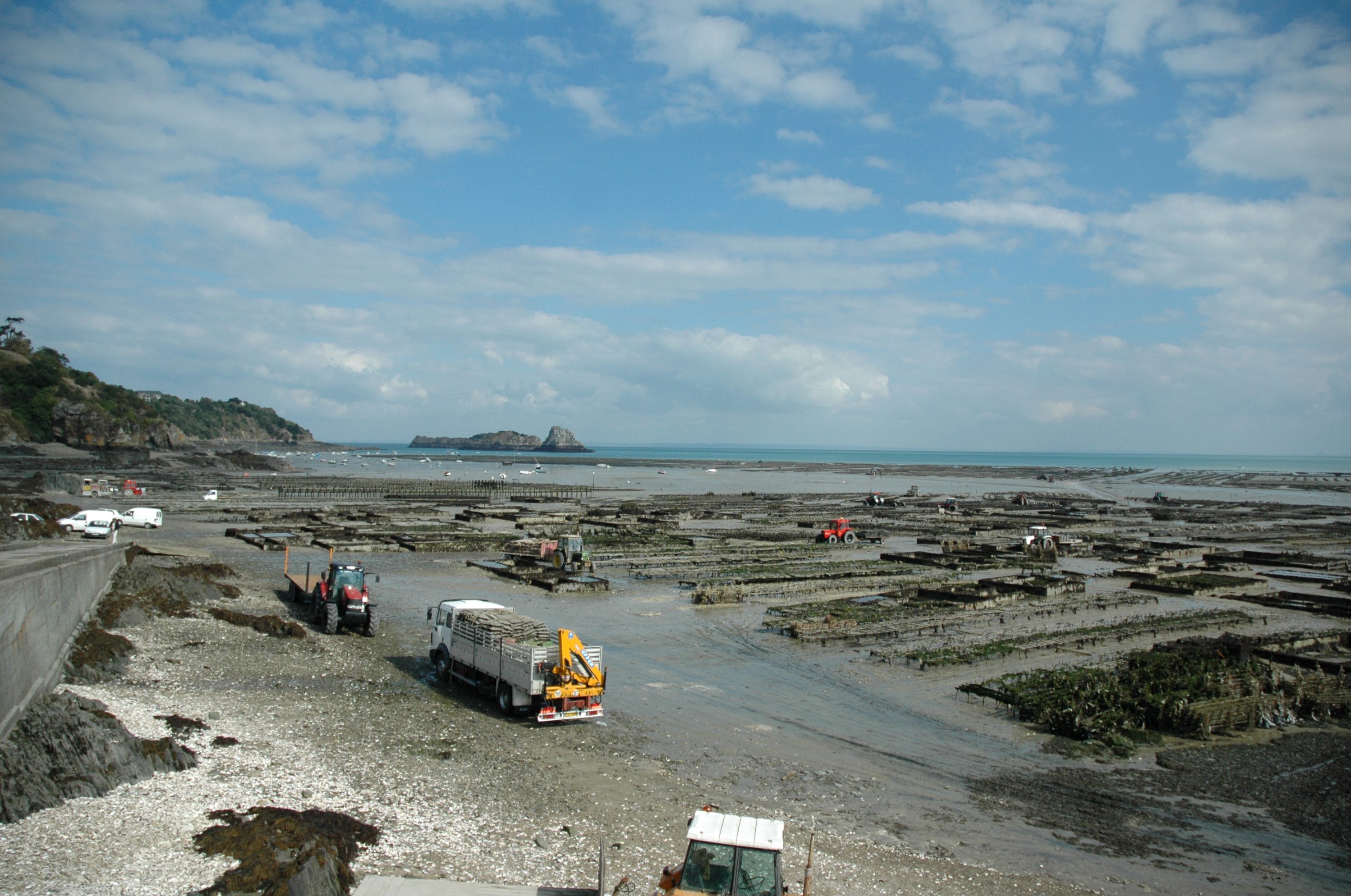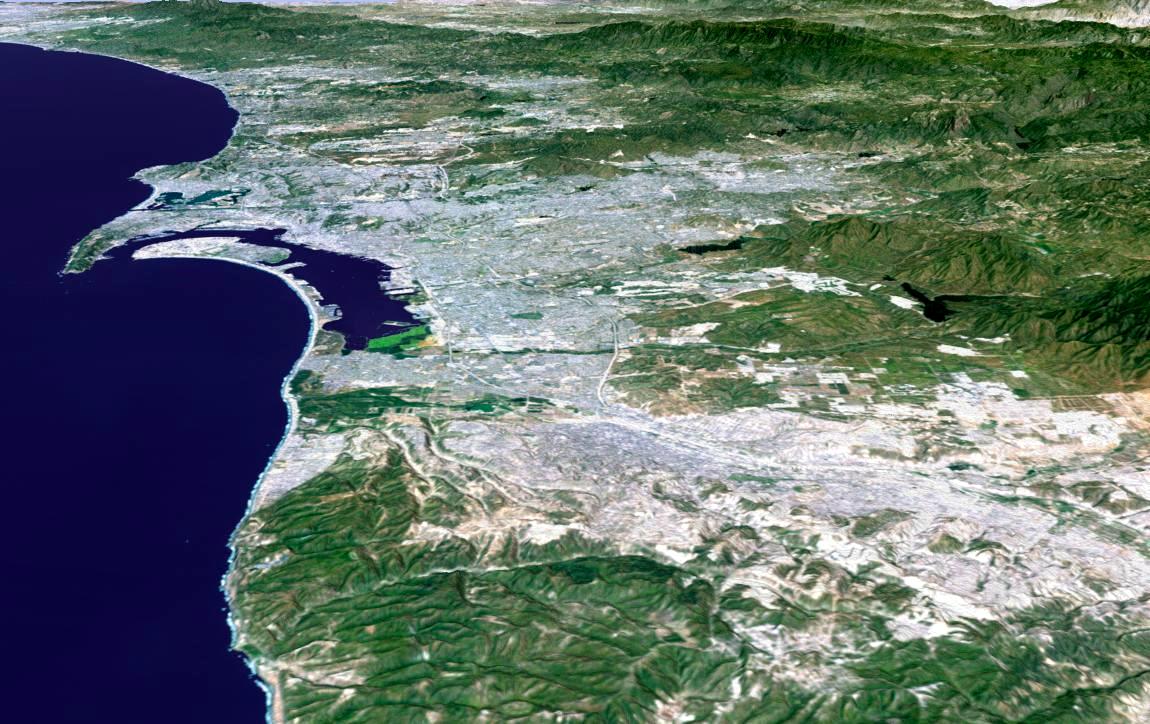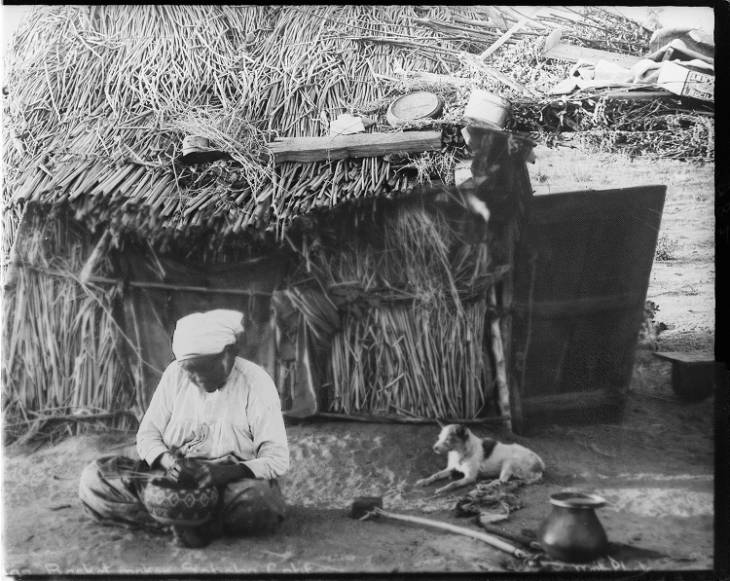|
Donax Gouldii
''Donax gouldii'', common name the Gould beanclam, is a species of small saltwater clam, a marine bivalve mollusk in the family Donacidae. This species is found on the Pacific coast of North America. This ''Donax'' species, known for its periodic population explosions, was eaten by Native Americans in Southern California, particularly the Luiseno and Kumeyaay Indians of San Diego County. Description File:Donax gouldii 02.jpg, Right valve File:Donax gouldii 01.jpg, Left valve The bean clam may reach one inch in length, and is of varying coloration, often cream, buff, orange or blue and frequently featuring darker rays projecting from the hinge area. The shells are relatively thick, and wedge-shaped, with a polished periostracum. The muscular foot is used by the clam to dig rapidly back into the sand when the clam is exposed by the waves. The bean clam hydroid, '' Eucheilota bakeri'', is often found attached to the posterior end of the shell. Bean clams live for 1–3 yea ... [...More Info...] [...Related Items...] OR: [Wikipedia] [Google] [Baidu] |
William Healey Dall
William Healey Dall (August 21, 1845 – March 27, 1927) was an American naturalist, a prominent malacologist, and one of the earliest scientific explorers of interior Alaska. He described many mollusks of the Pacific Northwest of America, and was for many years America's preeminent authority on living and fossil mollusks. Dall also made substantial contributions to ornithology, zoology, physical and cultural anthropology, oceanography and paleontology. In addition he carried out meteorological observations in Alaska for the Smithsonian Institution. Biography Early life Dall was born in Boston, Massachusetts. His father Charles Henry Appleton Dall, (1816–86), a Unitarian minister, moved in 1855 to India as a missionary. His family however stayed in Massachusetts, where Dall's mother Caroline Wells Healey was a teacher, transcendentalist, reformer, and pioneer feminist. In 1862, Dall's father, on one of his few brief visits home, brought his son in contact with some na ... [...More Info...] [...Related Items...] OR: [Wikipedia] [Google] [Baidu] |
Kumeyaay
The Kumeyaay, also known as Tipai-Ipai or by their historical Spanish name Diegueño, is a tribe of Indigenous peoples of the Americas who live at the northern border of Baja California in Mexico and the southern border of California in the United States. Their Kumeyaay language belongs to the Yuman–Cochimí language family. The Kumeyaay consist of three related groups, the Ipai, Tipai and Kamia. The San Diego River loosely divided the Ipai and the Tipai historical homelands, while the Kamia lived in the eastern desert areas. The Ipai lived to the north, from Escondido to Lake Henshaw, while the Tipai lived to the south, in lands including the Laguna Mountains, Ensenada, and Tecate. The Kamia lived to the east in an area that included Mexicali and bordered the Salton Sea. Name The Kumeyaay or Tipai-Ipai were formerly known as the Kamia or Diegueños, the former Spanish name applied to the Mission Indians living along the San Diego River. They are referred to as the Ku ... [...More Info...] [...Related Items...] OR: [Wikipedia] [Google] [Baidu] |
Molluscs Of The Pacific Ocean
Mollusca is the second-largest phylum of invertebrate animals after the Arthropoda, the members of which are known as molluscs or mollusks (). Around 85,000 extant species of molluscs are recognized. The number of fossil species is estimated between 60,000 and 100,000 additional species. The proportion of undescribed species is very high. Many taxa remain poorly studied. Molluscs are the largest marine phylum, comprising about 23% of all the named marine organisms. Numerous molluscs also live in freshwater and terrestrial habitats. They are highly diverse, not just in size and anatomical structure, but also in behaviour and habitat. The phylum is typically divided into 7 or 8 taxonomic classes, of which two are entirely extinct. Cephalopod molluscs, such as squid, cuttlefish, and octopuses, are among the most neurologically advanced of all invertebrates—and either the giant squid or the colossal squid is the largest known invertebrate species. The gastropo ... [...More Info...] [...Related Items...] OR: [Wikipedia] [Google] [Baidu] |
Intertidal Zone
The intertidal zone, also known as the foreshore, is the area above water level at low tide and underwater at high tide (in other words, the area within the tidal range). This area can include several types of habitats with various species of life, such as seastars, sea urchins, and many species of coral with regional differences in biodiversity. Sometimes it is referred to as the '' littoral zone'' or '' seashore'', although those can be defined as a wider region. The well-known area also includes steep rocky cliffs, sandy beaches, bogs or wetlands (e.g., vast mudflats). The area can be a narrow strip, as in Pacific islands that have only a narrow tidal range, or can include many meters of shoreline where shallow beach slopes interact with high tidal excursion. The peritidal zone is similar but somewhat wider, extending from above the highest tide level to below the lowest. Organisms in the intertidal zone are adapted to an environment of harsh extremes, living in w ... [...More Info...] [...Related Items...] OR: [Wikipedia] [Google] [Baidu] |
Baja California Sur
Baja California Sur (; 'South Lower California'), officially the Free and Sovereign State of Baja California Sur ( es, Estado Libre y Soberano de Baja California Sur), is the least populated state and the 31st admitted state of the 32 federal entities which comprise the 31 States of Mexico. It is also the ninth-largest Mexican state in terms of area. Before becoming a state on 8 October 1974, the area was known as the ''El Territorio Sur de Baja California'' ("South Territory of Lower California"). It has an area of , or 3.57% of the land mass of Mexico, and occupies the southern half of the Baja California Peninsula, south of the 28th parallel, plus the uninhabited Rocas Alijos in the Pacific Ocean. It is bordered to the north by the state of Baja California, to the west by the Pacific Ocean, and to the east by the Gulf of California. The state has maritime borders with Sonora and Sinaloa to the east, across the Gulf of California. The state is home to the tourist resort ... [...More Info...] [...Related Items...] OR: [Wikipedia] [Google] [Baidu] |
California
California is a state in the Western United States, located along the Pacific Coast. With nearly 39.2million residents across a total area of approximately , it is the most populous U.S. state and the 3rd largest by area. It is also the most populated subnational entity in North America and the 34th most populous in the world. The Greater Los Angeles area and the San Francisco Bay Area are the nation's second and fifth most populous urban regions respectively, with the former having more than 18.7million residents and the latter having over 9.6million. Sacramento is the state's capital, while Los Angeles is the most populous city in the state and the second most populous city in the country. San Francisco is the second most densely populated major city in the country. Los Angeles County is the country's most populous, while San Bernardino County is the largest county by area in the country. California borders Oregon to the north, Nevada and Arizona to the ea ... [...More Info...] [...Related Items...] OR: [Wikipedia] [Google] [Baidu] |
Oyster Farming
Oyster farming is an aquaculture (or mariculture) practice in which oysters are bred and raised mainly for their pearls, shells and inner organ tissue, which is eaten. Oyster farming was practiced by the ancient Romans as early as the 1st century BC on the Italian peninsula and later in Britain for export to Rome. The French oyster industry has relied on aquacultured oysters since the late 18th century. History Oyster farming was practiced by the ancient Romans as early as the 1st century BC on the Italian peninsula. With the Barbarian invasions the oyster farming in the Mediterranean and the Atlantic came to an end. In fact, the Romans were the very first to cultivate Oysters. The Roman engineer Sergius Orata is known for his innovative ways of breeding and commercializing oysters. He did this by cultivating the mollusk with a system that could control the water levels. In 1852 Monsieur de Bon started to re-seed the oyster beds by collecting the oyster spawn using m ... [...More Info...] [...Related Items...] OR: [Wikipedia] [Google] [Baidu] |
Perkinsus Marinus
''Perkinsus marinus'' is a species of alveolates belonging to the phylum Perkinsozoa.Joseph, S., et al. (2010)The alveolate ''Perkinsus marinus'': biological insights from EST gene discovery.''BMC Genomics'' 11(1), 228. It is similar to a dinoflagellate. It is known as a prevalent pathogen of oysters, causing massive mortality in oyster populations. The disease it causes is known as dermo or perkinsosis, and is characterized by the degradation of oyster tissues.Bower, S. MSynopsis of infectious diseases and parasites of commercially exploited shellfish: ''Perkinsus marinus'' ("dermo" disease) of oysters.Fisheries and Oceans Canada. 2011. The genome of this species has been sequenced. The species originally was named ''Dermocystidium marinum''. Taxonomy ''P. marinus'' is a protozoan of the protist superphylum Alveolata, the alveolates. Its phylum, Perkinsozoa, is a relatively new taxon positioned between the dinoflagellates and the Apicomplexa, and is probably more closel ... [...More Info...] [...Related Items...] OR: [Wikipedia] [Google] [Baidu] |
Eucheilota Bakeri
''Eucheilota'' is a genus of cnidarians belonging to the family Lovenellidae. The genus has almost cosmopolitan distribution In biogeography, cosmopolitan distribution is the term for the range of a taxon that extends across all or most of the world in appropriate habitats. Such a taxon, usually a species, is said to exhibit cosmopolitanism or cosmopolitism. The ext .... Species Species: *'' Eucheilota bakeri'' *'' Eucheilota birabeni'' *'' Eucheilota bitentaculata'' References Lovenellidae Hydrozoan genera {{Leptothecata-stub ... [...More Info...] [...Related Items...] OR: [Wikipedia] [Google] [Baidu] |
Hydroid (zoology)
Hydroids are a life stage for most animals of the class Hydrozoa, small predators related to jellyfish. Some hydroids such as the freshwater ''Hydra'' are solitary, with the polyp attached directly to the substrate. When these produce buds, they become detached and grow on as new individuals. The majority of hydroids are colonial. The original polyp is anchored to a solid substrate and forms a bud which remains attached to its parent. This in turn buds and in this way a stem is formed. The arrangement of polyps and the branching of the stem is characteristic of the species. Some species have the polyps budding directly off the stolon which roots the colony. The polyps are connected by epidermis which surrounds a gastrovascular cavity. The epidermis secretes a chitinous skeleton which supports the stem and in some hydroids, the skeleton extends into a cup shape surrounding the polyp. Most of the polyps are gastrozooids or feeding polyps, but some are specialised reproducti ... [...More Info...] [...Related Items...] OR: [Wikipedia] [Google] [Baidu] |
San Diego County
San Diego County (), officially the County of San Diego, is a county in the southwestern corner of the U.S. state of California. As of the 2020 census, the population was 3,298,634, making it California's second-most populous county and the fifth-most populous in the United States. Its county seat is San Diego, the second-most populous city in California and the eighth-most populous city in the United States. It is the southwesternmost county in the 48 contiguous United States, and is a border county. It is also home to 18 Native American tribal reservations, the most of any county in the United States. San Diego County comprises the San Diego-Chula Vista-Carlsbad, CA Metropolitan Statistical Area, which is the 17th most populous metropolitan statistical area and the 18th most populous primary statistical area of the United States as of July 1, 2012. San Diego County is also part of the San Diego–Tijuana transborder metropolitan area, the largest metropolitan area sh ... [...More Info...] [...Related Items...] OR: [Wikipedia] [Google] [Baidu] |
Luiseño People
The Luiseño or Payómkawichum are an indigenous people of California who, at the time of the first contacts with the Spanish in the 16th century, inhabited the coastal area of southern California, ranging from the present-day southern part of Los Angeles County to the northern part of San Diego County, and inland . In the Luiseño language, the people call themselves ''Payómkawichum'' (also spelled ''Payómkowishum''), meaning "People of the West." After the establishment of Mission San Luis Rey de Francia (The Mission of Saint Louis King of France), "the Payómkawichum began to be called San Luiseños, and later, just Luiseños by Spanish missionaries due to their proximity to this San Luis Rey mission. Today there are six federally recognized tribes of Luiseño bands based in southern California, all with reservations. Another organized band is not federally recognized. History Pre-colonization The Payómkawichum were successful in utilizing a number of natural resou ... [...More Info...] [...Related Items...] OR: [Wikipedia] [Google] [Baidu] |







